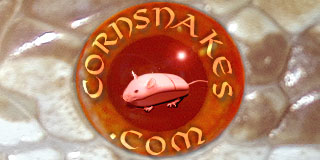ghosthousecorns
Well-known member
I think a 'bait and switch' technique is used. 2 same-species animals are put together and just as the mating is about to take place one of them is substituted with a different species. Basically they get tricked! I don't breed hybrids so I could be wrong, I just heard this is how its done :shrugs:kimbyra said:Howdy!
I am curious how someone got a king snake to mate with, not eat, a milk or a corn.
